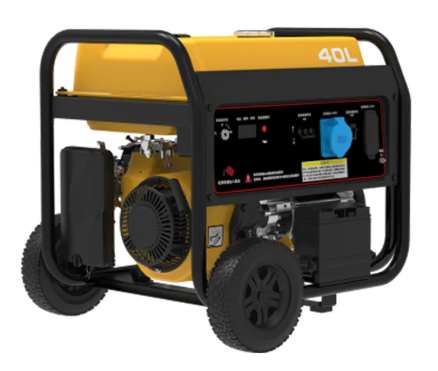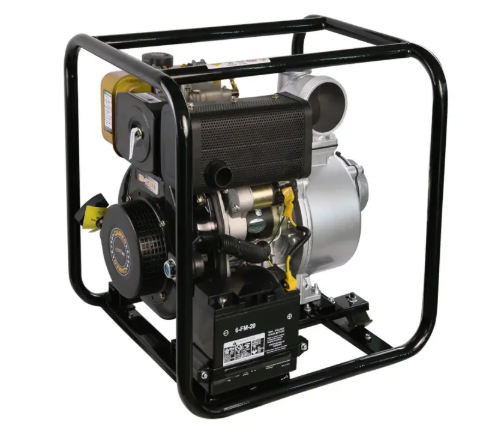power plant transmission and distribution
Power plant transmission and distribution systems form the backbone of modern electrical infrastructure, serving as the critical link between electricity generation and end users. These sophisticated systems encompass a network of high-voltage transmission lines, substations, transformers, and distribution equipment that work in concert to deliver reliable power across vast distances. The primary function involves stepping up voltage at power plants for efficient long-distance transmission, then gradually stepping it down through substations for safe distribution to homes and businesses. Modern transmission systems typically operate at voltages ranging from 69kV to 765kV, utilizing advanced technologies such as HVDC (High Voltage Direct Current) for minimal power loss over extended distances. The distribution network, operating at lower voltages between 4kV to 33kV, includes both overhead lines and underground cables, equipped with smart grid capabilities for real-time monitoring and control. These systems incorporate state-of-the-art protection mechanisms, including circuit breakers, surge arresters, and sophisticated monitoring equipment to ensure system stability and prevent cascading failures. The entire network is managed through advanced SCADA (Supervisory Control and Data Acquisition) systems, enabling operators to monitor and control power flow, voltage levels, and system frequency with precision.


